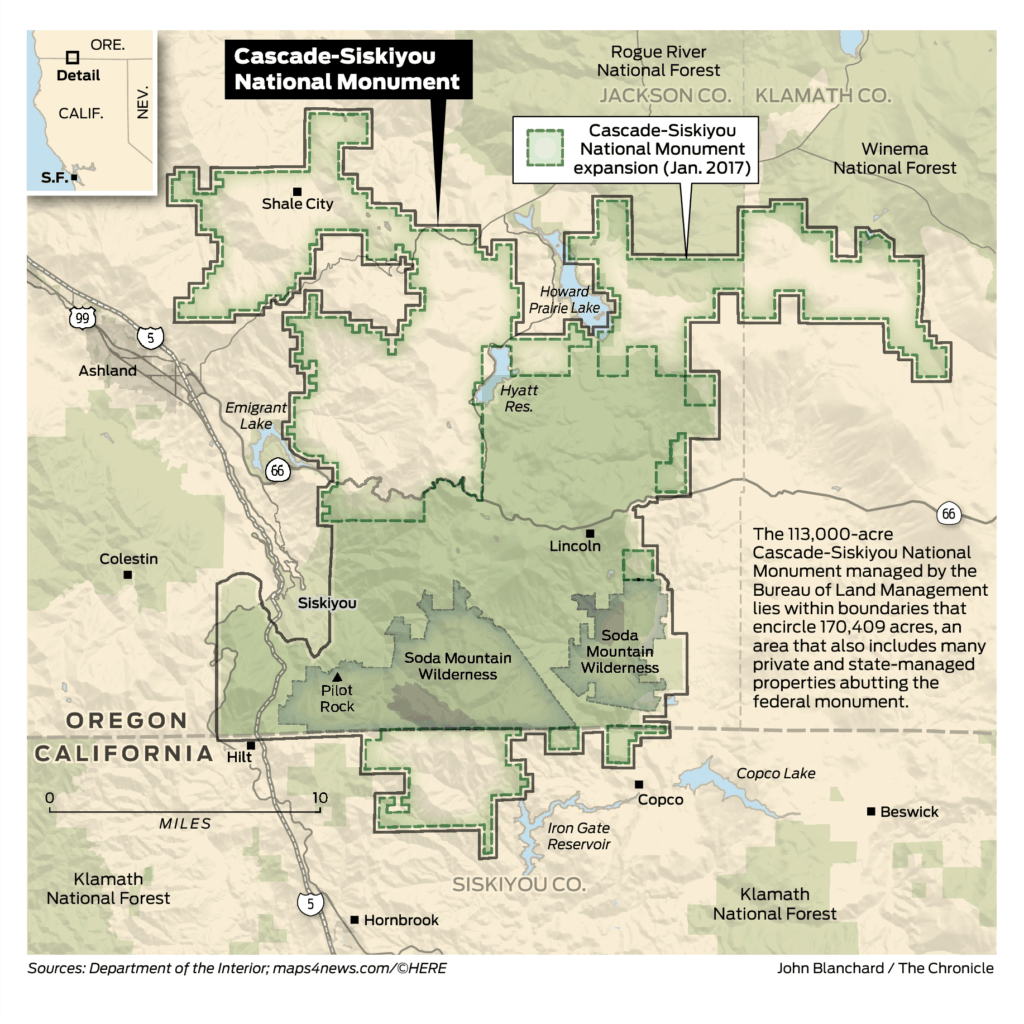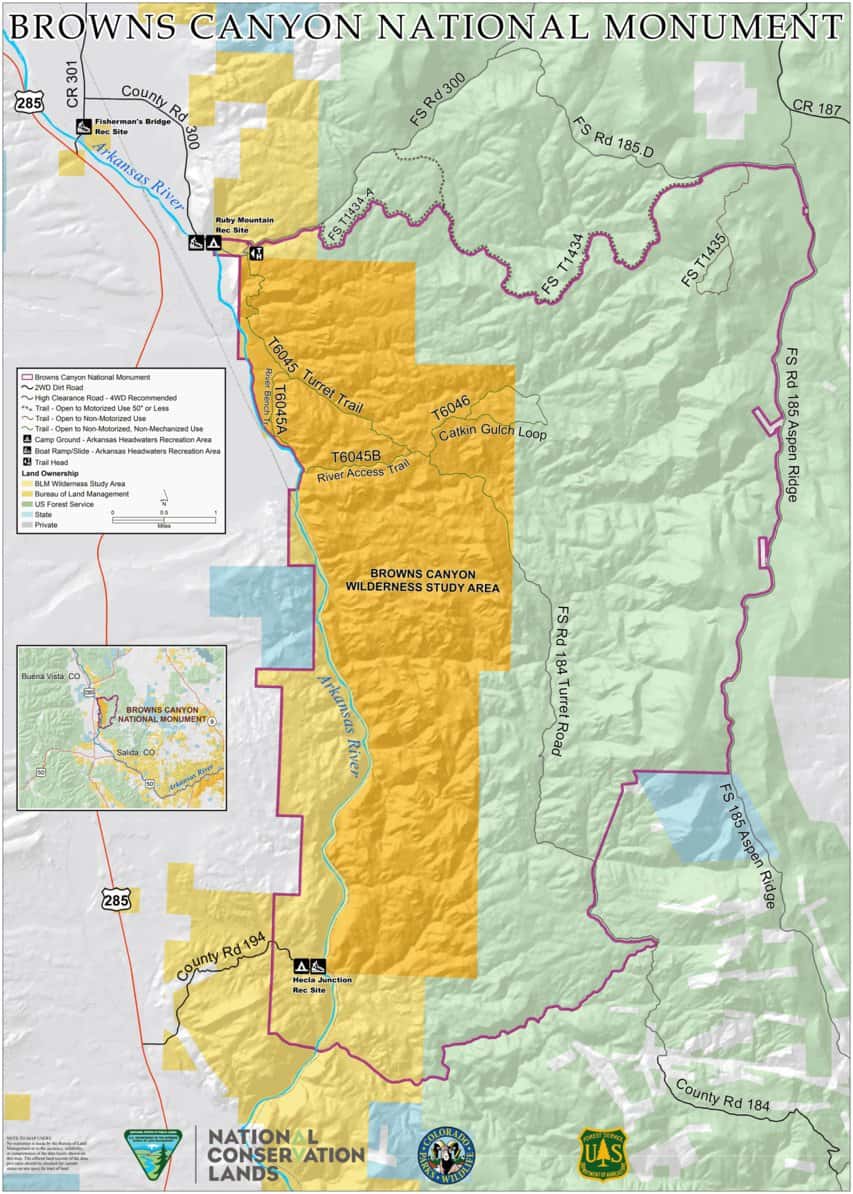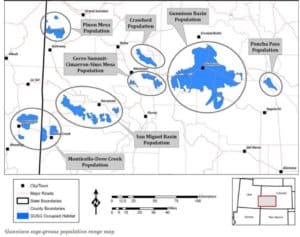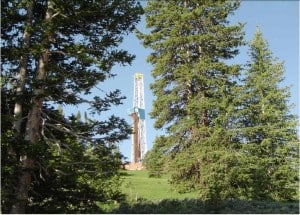I try to stay away from Partisan Political Drama, especially Department of the Interior Political Drama, but had to share this editorial board piece in the Wall Street Journal about a Forest Service law enforcement retiree. I had to sign up for the Wall Street Journal to access it so I thought I’d share the FS retiree part of the article so you all don’t have to.
In responses to the Senate Energy and Natural Resources Committee, Ms. Stone-Manning attested she was never “a target” of the investigation. She says she knew nothing of the plot and does not recall “ever discussing tree spiking” with the perpetrators. Her excuse for not immediately turning them in to authorities was that she “did not actually know if they had done what the letter described.”
Public documents have cast suspicion on this version of events, but now the former lead investigator of the 1989 crime has come forward with evidence suggesting Ms. Stone-Manning’s testimony is false. Michael Merkley, a retired special agent for the Forest Service, in a four-page letter to the committee says Ms. Stone-Manning was “not an innocent bystander.” After an investigation led his team to search the Missoula residence where Ms. Stone-Manning and other Earth First! members had lived, he says, a grand jury served subpoenas “on persons suspected of having knowledge of the incident, including Ms. Tracy Stone-Manning.”
Mr. Merkley reports that Ms. Stone-Manning through his investigation was “vulgar, antagonistic, and extremely anti-government” and refused to provide the hair, handwriting and fingerprint samples ordered by the grand jury until threatened with arrest. She refused to answer questions, leaving investigators in the dark for years about the suspects.
Mr. Merkley says that in 1992 he made contact with another woman in the group, who exposed the spikers and Ms. Stone-Manning’s involvement. But this woman also “recounted a conversation she had overheard wherein Ms. Stone-Manning along with other co-conspirators planned the tree spiking and discussed whether to use metal or ceramic spikes in the trees.” This testimony, he says, inspired the grand jury to send Ms. Stone-Manning “a ‘target letter’ which meant she was going to be indicted on criminal charges.” She negotiated a deal “to gain immunity in exchange for her testimony.”
Meanwhile, backing up Mr. Merkley is a new interview in E&E news with John Blount, a ringleader of the operation, who went to jail for 17 months. While Ms. Stone-Manning was not “heavily involved in the planning,” he says she “knew about it far in advance, a couple of months before we headed out.” He provided details of the plan, saying Ms. Stone-Manning was supposed to mail the letter from Billings, in order to throw off investigators.
Anyway, we have seen various problems with high level appointees of various kinds.. and the press tends to be remarkably partisan in their ways of reporting.
So.. I think we need to develop a “Non-Partisan Table of Past Indiscretions” so we can apply the same criteria to appointees from different groups.
1. What was it?
2. How long ago?
3. Was it a one-off or continuing?
4. What kind of evidence is there?
5. Was law enforcement involved, if so how?
6. What job is it exactly? Should we be more careful about a Supreme Court Justice than a BLM Director?
Feel free to add other criteria to the Table.
Finally, it seems a bit odd that the Admin knew about it and nominated her anyway. Because President Biden said he was trying to unify the country, and this doesn’t seem like the way to do it. IMHO. Perhaps it’s intended to be a sharp stick in the eye to someone.. but who and why? Certainly not Montana loggers?
Many sources state that BLM morale has been bad since the Trump Administration. If I worked there, both this nomination and the level of “sticking by” that’s occurring wouldn’t help my morale. I’d prefer a retired diverse career person who was widely respected by the rank and file. You?






